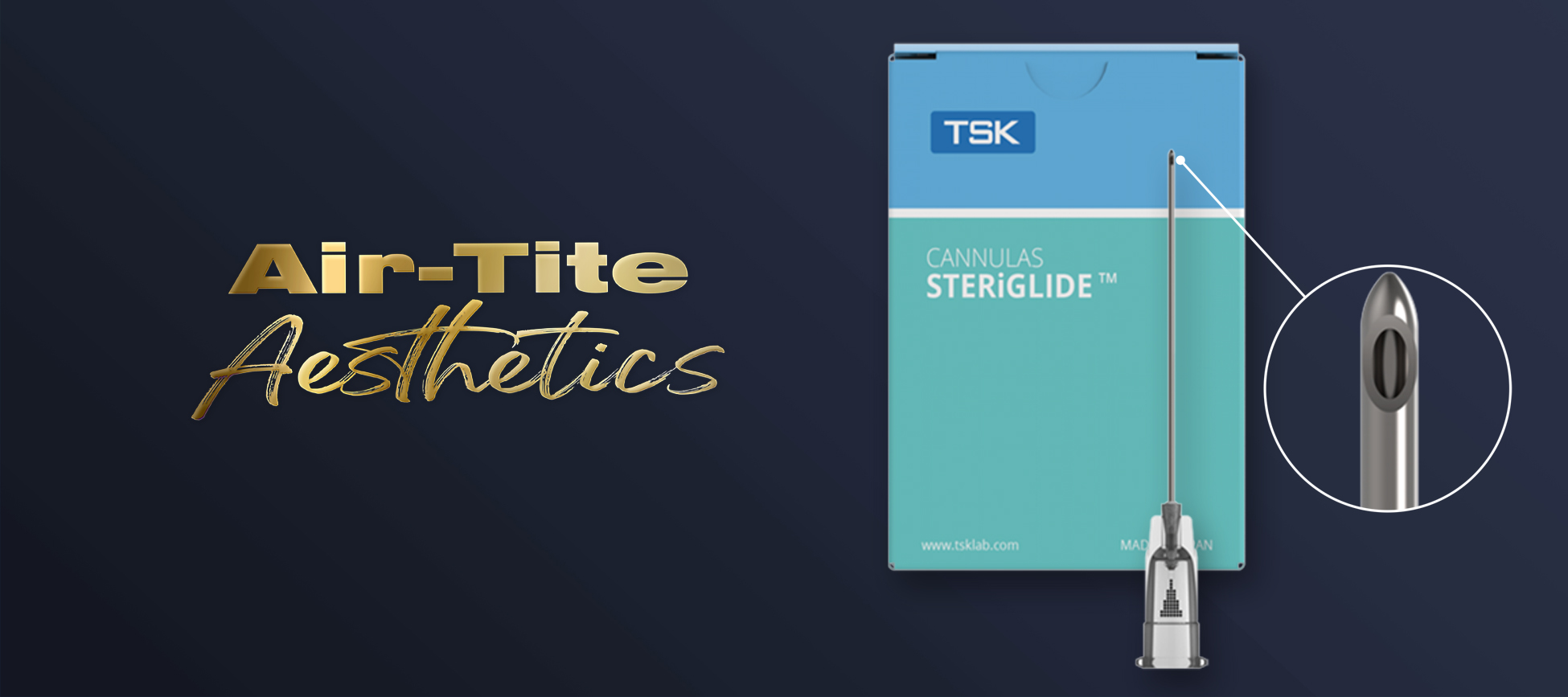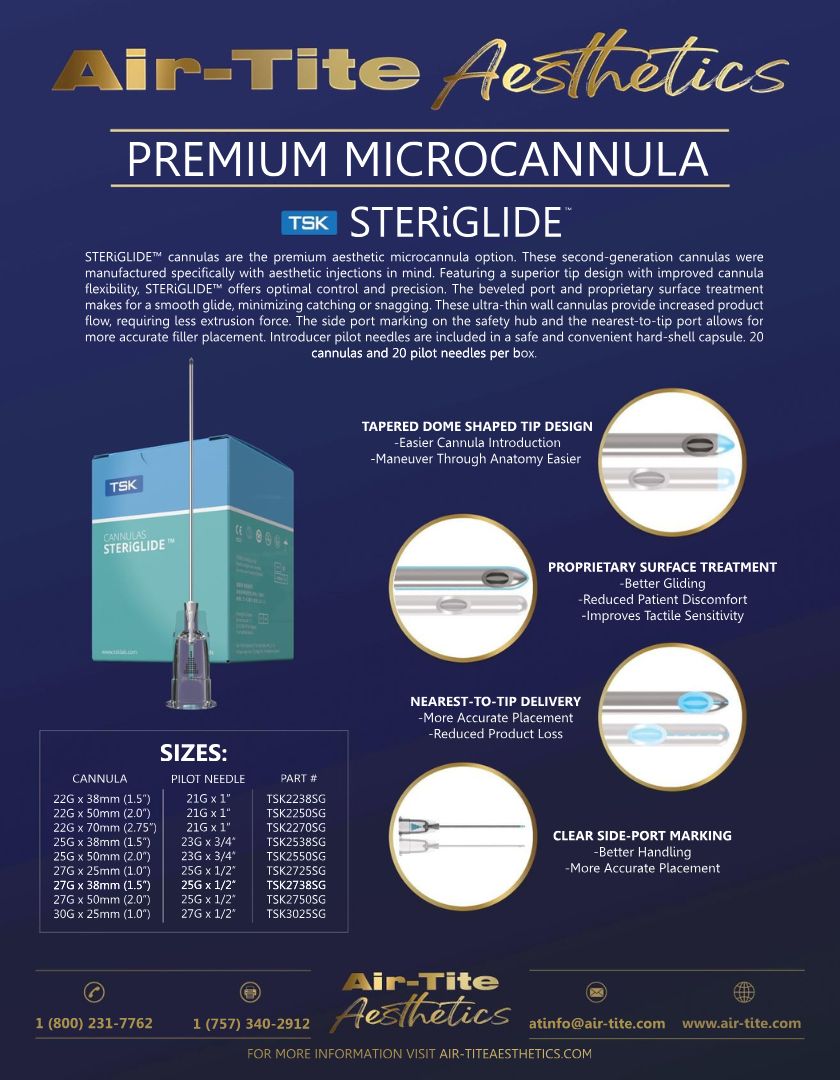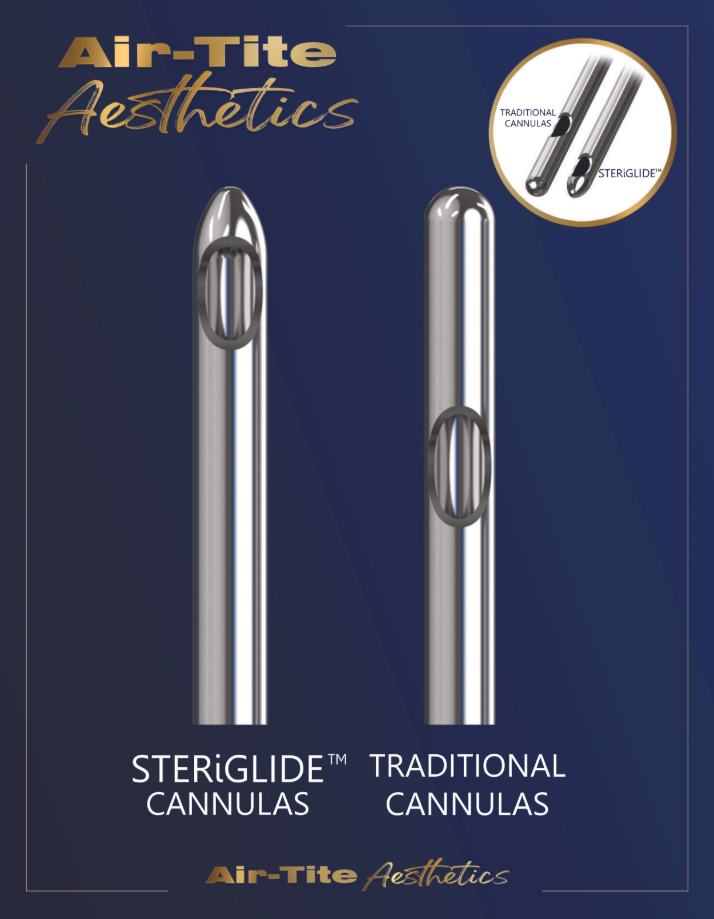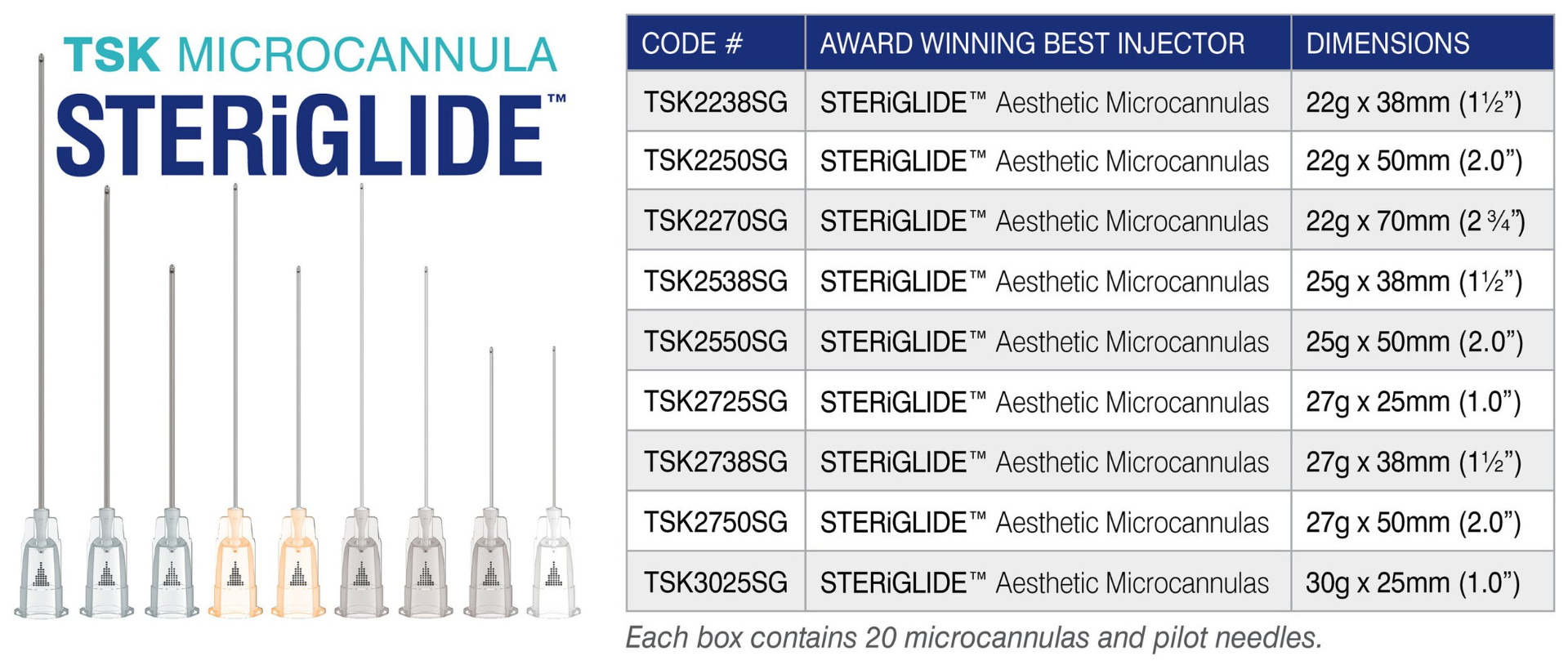
As the demand for non-invasive cosmetic procedures like dermal fillers continues to increase, many doctors and med spas are turning to cannulas (also known as microcannulas) as their preferred product delivery method.
Improved maneuverability, less recovery downtime, and fewer side effects are just a few of the many reasons why microcannulas are growing in popularity.
A consensus review conducted by H. Sundaram, S. Weinkle, J. Pozner, et al. found that:
“The panel finds blunt-tipped microcannulas to be a significant advance in nonsurgical rejuvenation and a valuable addition to the options available for injection of soft tissue fillers.”
However, not all microcannulas are created equal, as there can be significant differences between different microcannula types.
If you’re considering switching from traditional needles, how exactly do you choose the right aesthetic cannula for your practice?
Read on to learn more about the different types of microcannulas and how to select the best cannulas for aesthetic applications on the face and body.
A micro-cannula is a very thin, flexible, hollow tube with a blunt rounded tip. It’s an improved version of the traditional hypodermic needle used to administer injection treatments.
The sharp tip of a needle can cause subcision of the sub-dermis and injure the vessels as it pierces through the tissues.
Microcannulas don’t have this problem as their blunt tip, and flexibility allow for a more gentle path between the skin’s anatomic structures while reducing the associated risk of using the needle.

TSK Microcannulas Sell Sheet.pdf
Microcannulas can be used in a wide range of aesthetic applications. Beyond dermal fillers, microcannulas are also ideal for:
Certain cannula options, such as TSK's STERiGLIDE, have a larger ultra-wide internal diameter that significantly reduces the extrusion force required to push the viscous filler through the tube. This benefits the patient and the injector because less pressure is needed to do the job.
Reduce unpleasant side effects like patient pain and discomfort
Provide more precise placement control
Prevent vascular occlusion with a blunt dome-shaped tip that’s less likely to penetrate the vital vessels like a sharp needle can
Minimize the risk of bleeding and bruising for the above same reasons
There are three basic types of aesthetic cannulas.
Nasal Microcannulas: Specifically designed for procedures like non-surgical rhinoplasty or nasal fillers, where precision and reduced trauma are paramount
Lip Microcannulas: Often shorter and finer for enhanced control and precision in lip augmentation
Body Cannulas: Longer and thicker cannulas, ideal for larger-scale body contouring injections
Aesthetic cannula selection is guided by the cosmetic procedure.
In procedures like facial fat transfer, microcannulas inject small amounts of harvested fat into areas like the cheeks, under-eye hollows, and temples. They help evenly distribute the fat and minimize damage to the surrounding tissue, reducing bruising and improving recovery time.
Microcannulas are particularly useful in fat grafting due to their blunt tips, which allow for a more even and atraumatic placement of the fat.
Microcannulas can deliver PRP into targeted areas, such as the under-eye region, nasolabial folds, and the scalp for hair restoration. PRP treatments are popular for rejuvenation and skin healing.
The use of microcannulas helps distribute PRP more evenly while reducing pain, swelling, and bruising, which is important in delicate areas around the eyes.
In mesotherapy, microinjections of vitamins, enzymes, hormones, and other substances rejuvenate and tighten skin. Microcannulas are employed for smoother, less invasive delivery of these substances.
Using microcannulas allows for a more even product distribution across the treatment area while minimizing the risk of bleeding, bruising, and trauma.
While needles are commonly used for Botox injections, some practitioners use microcannulas for larger areas, like the forehead or neck, where multiple injection points are needed.
Microcannulas reduce the number of puncture sites, which decreases pain and the risk of complications like bruising and swelling.
For volumizing treatments with Sculptra, which stimulates collagen production to gradually restore facial volume, microcannulas can be used to administer the product in large areas like the cheeks and temples.
Microcannulas help ensure the even distribution of products while minimizing the risk of trauma to the skin and underlying tissues.
Some skin tightening treatments, particularly those using radiofrequency or injectable collagen-stimulating agents (like Radiesse or Ellansé), are performed using microcannulas to reduce trauma to the skin.
This approach is particularly useful for delicate treatment areas such as the neck, jawline, and lower face, reducing the risk of side effects like bruising and swelling.
Microcannulas are ideal for under-eye treatments involving PRP, fat grafting, or certain collagen-stimulating agents. The delicate under-eye area is prone to bruising and swelling, which can be minimized by using a microcannula.
The blunt tip of the cannula prevents damage to blood vessels and minimizes the risk of complications like post-treatment bruising and puffiness.
By choosing the right type of microcannula for these applications, aesthetics practitioners can improve patient outcomes, reduce downtime, and offer a more comfortable experience.
Here are five insider tricks for choosing the best microcannula for your practice.
It needs to be flexible enough to move effortlessly around sensitive structures but have enough rigidity for precise placement of the product.
You should note that longer microcannulas (such as those 1 ½” in length or greater) tend to be more flexible, while shorter microcannulas are more rigid. A microcannula with a 30 or 27 gauge will tend to be more flexible than one with a gauge of 22.
The TSK STERiGLIDE Aesthetic Microcannula and TSK CSH Aesthetic Cannula are great options that provide the ideal balance between stiffness and flexibility.
Unlike a needle that pierces through tissue, a microcannula opens up a clean path between the skin. This limits inner tissue damage and reduces pain and bruising. A blunter microcannula has a lower probability of piercing vessels and is, therefore, safer.
How far the extrusion port or pore extends from the tip affects how precise your cannula will be. Shorter distances enable better accuracy.


Know the appropriate size for the specific procedure performed and match the soft tissue requirements and location.
Microcannulas come in various sizes/lengths, and suitable sizes can differ from their sharp needle counterparts.
Generally, a microcannula of 27 gauge or larger diameter is often used in place of a 30 gauge sharp needle, and a microcannula of 25 gauge or larger diameter is typically chosen in place of a 27 gauge sharp needle.
Aestheticians use differing techniques for various procedures, but some general size recommendations are:
For low concentration and viscosity hyaluronic acid (HA) fillers and superficial injections:
30G x 1” (25mm) - Tear trough, fine lines - precise work
For fillers of medium concentration and viscosity HA fillers:
For medium to thick HA and non-HA fillers, median to deep injections:
For viscous and highly concentrated fillers, injections deep into the skin to create volume:
For facial fat graft (not recommended for fillers):

You can read more about sizing here.
Top brand names are popular for a reason—they offer proven performance and value.
Dr. Gideon Kwok, DO, from The Aesthetic Immersion, has more than 15 years of experience in medical aesthetics and is co-owner and Medical Director of eight Skin Perfect Medical Clinics in Southern California. He is a national trainer for GAIN (Galderma), Cutera, Bioform (Radiesse), Merz, and MINT threads.
Dr. Kwok highly recommends TSK STERiGLIDE™ because they are the gold standard for aesthetic procedures. Air-Tite sat down with Dr. Kwok to discuss the benefits of this microcannula. You can see the interview below.
Ease of ordering is also an important factor in choosing the right microcannula.
Air-Tite has a team of experts to provide assistance and take orders directly over the phone with no automated messages or wait queues. For your convenience, we also offer the option to order online.
We stock a wide selection throughout our product portfolio, which means we’re able to meet your needs despite any supply chain disruptions.
Air-Tite sells their cannulas in packs of 20 per box (plus 20 pilot/starter needles) whereas other manufacturers only offer boxes of 4’s and 10’s. Bulk purchasing allows you to save more money in the long run!
Microcannulas offer a wide range of benefits over a standard needle. Less recovery downtime, improved maneuverability, and fewer unwanted side effects will result in happier patients and increased revenue.
Choosing the right microcannula can further enhance these benefits, optimizing patient outcomes and helping your practice shine. Consider patient needs, procedural goals, and the specific attributes of each microcannula type to select the best option.
Ready to explore Air-Tite’s impressive inventory? Click below!